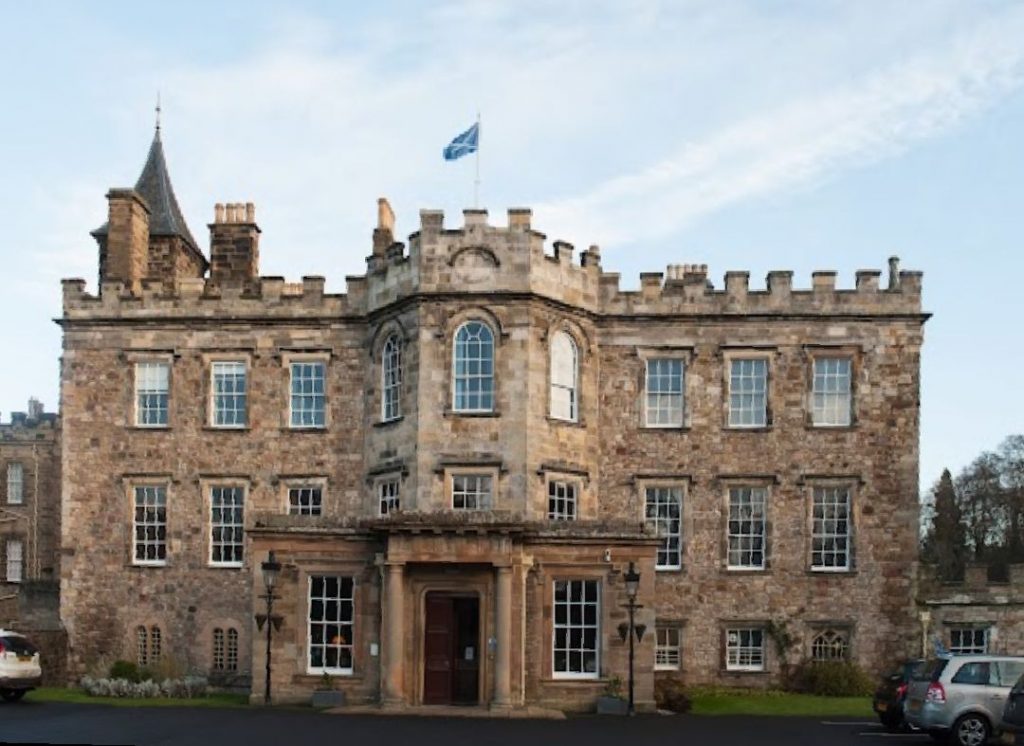The innovators
We’re told that agricultural labour relations were changing radically at this time. Farms were being reorganised into larger divisions, tilled by servants, many of them single men.
The schedule for the estate farm at Dalhousie Mains provides a snapshot of this change. The farm belongs to the Marquis of Lothian, and comprises 11 men, most of them unmarried as only 2 infants present. So, they are farm labourers, housed inside the farmhouse.
The list of crops reveals an astonishing 300 bolls wheat. The total land under plough is 420 Scottish acres (bolls), not including 4 acres of potatoes and 400 stones of hay (poss. 2 acres) This is a mega farm, and the farmer surely needs extra hands to work it. Boll wages for unmarried ploughmen were £5; £7 for married men. Women could earn £2.50 and day labourers 10 1/2 pence a day.
The livestock includes 72 cows, 173 sheep, 54 pigs, and 7 riding horses, requiring further farm workers.
The next schedule lists two large farm (near Newbattle, so also belonging to the Marquis of Lothian?) that, together, are growing 747 acres of wheat, in all over 1000 acres. Managed by an army of 197 farmworkers, using 4 oxen, 96 draft horses and 45 carts. 24 of the men are employed in local industries. At least 50 are married, and housed in bothies around the estate: 85 children are listed under ‘Persons incapable of removing themselves’.
This cohort of farmworkers and labourers supplies 42 infantry recruits, and 36 pioneers.
Large farms, with large workforces were the way land was being managed, now. In the next century, women would supply much of the farm labour as the men took the heavy industrial jobs. All this wealth creation (mines and mills included) helped finance the construction of country houses in Midlothian, as well as significant home improvements, such as at Dalhousie, Whitehill and Newbattle.


